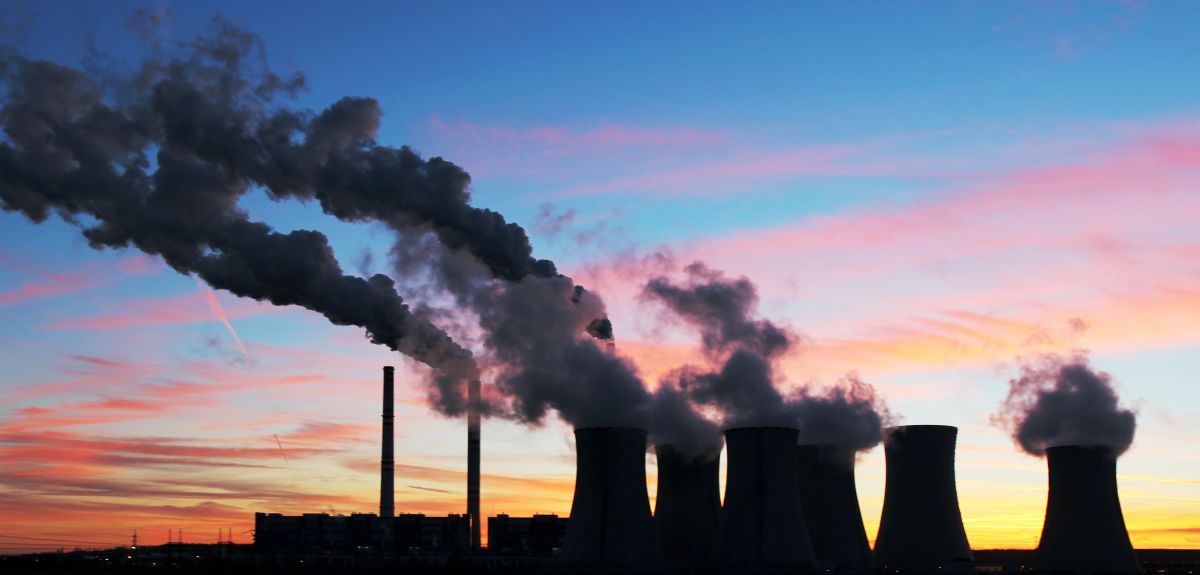
The world’s most polluting coal plants are identified
New research from the Stranded Assets Programme at the University of Oxford’s Smith School of Enterprise and the Environment has identified the least efficient coal-fired power stations in the world.
The study which analyses the world’s 100 largest ‘subcritical company portfolios’, those containing with least efficient and most polluting form of coal-fired power stations, has found that 39% of them are in in China, 21% in the US, 10% in the EU, and 9% in India. Over half (59%) are owned by governments globally.
In addition to the average subcritical coal-fired power station generating 75% more carbon pollution as the most up-to-date type of coal-fired power station, they also use 67% more water, and create significant amounts of air pollution, according to the study.
It argues the subcritical coal plants are most at risk of becoming ‘stranded assets’, or assets that experience unanticipated or premature write-downs, devaluations, or conversion to liabilities because of their carbon intensity and contribution to local air pollution and water stress.
The research also shows which companies own these assets and ranks them by exposure to financial risk. It assesses the implications for investors and summarises possible responses from fixed-income and equity investors, rating agencies, and others.
It highlights that the International Energy Agency has warned that to limit global emissions to a level consistent with a 2°C future, it will be necessary to close around a quarter of all subcritical coal-fired power stations worldwide by 2020.
Ben Caldecott, lead author and director of the Stranded Assets Programme at the University of Oxford’s Smith School of Enterprise and the Environment, said: ‘There is a strong case for investors to evaluate the risk of companies exposed to the least efficient coal plants, as these assets are at the greatest risk of becoming stranded due to a wide range of environmental and social factors.
’Subcritical plants are typically older and more expensive to operate. Consequently, they may represent a sound choice for closure by budget-constrained policymakers looking for cost-effective ways of tackling pollution.’
 New study on Amazonia's fire crises urges action ahead of the next burning season
New study on Amazonia's fire crises urges action ahead of the next burning season
 New heart disease calculator could save lives by identifying high-risk patients missed by current tools
New heart disease calculator could save lives by identifying high-risk patients missed by current tools
 Modern Slavery and Human Rights Policy and Evidence Centre moves to Oxford University after receiving continuation funding
Modern Slavery and Human Rights Policy and Evidence Centre moves to Oxford University after receiving continuation funding
 Study shows that island bats are valuable allies for farmers
Study shows that island bats are valuable allies for farmers
 Study reveals how humanity could unite to address global challenges
Study reveals how humanity could unite to address global challenges